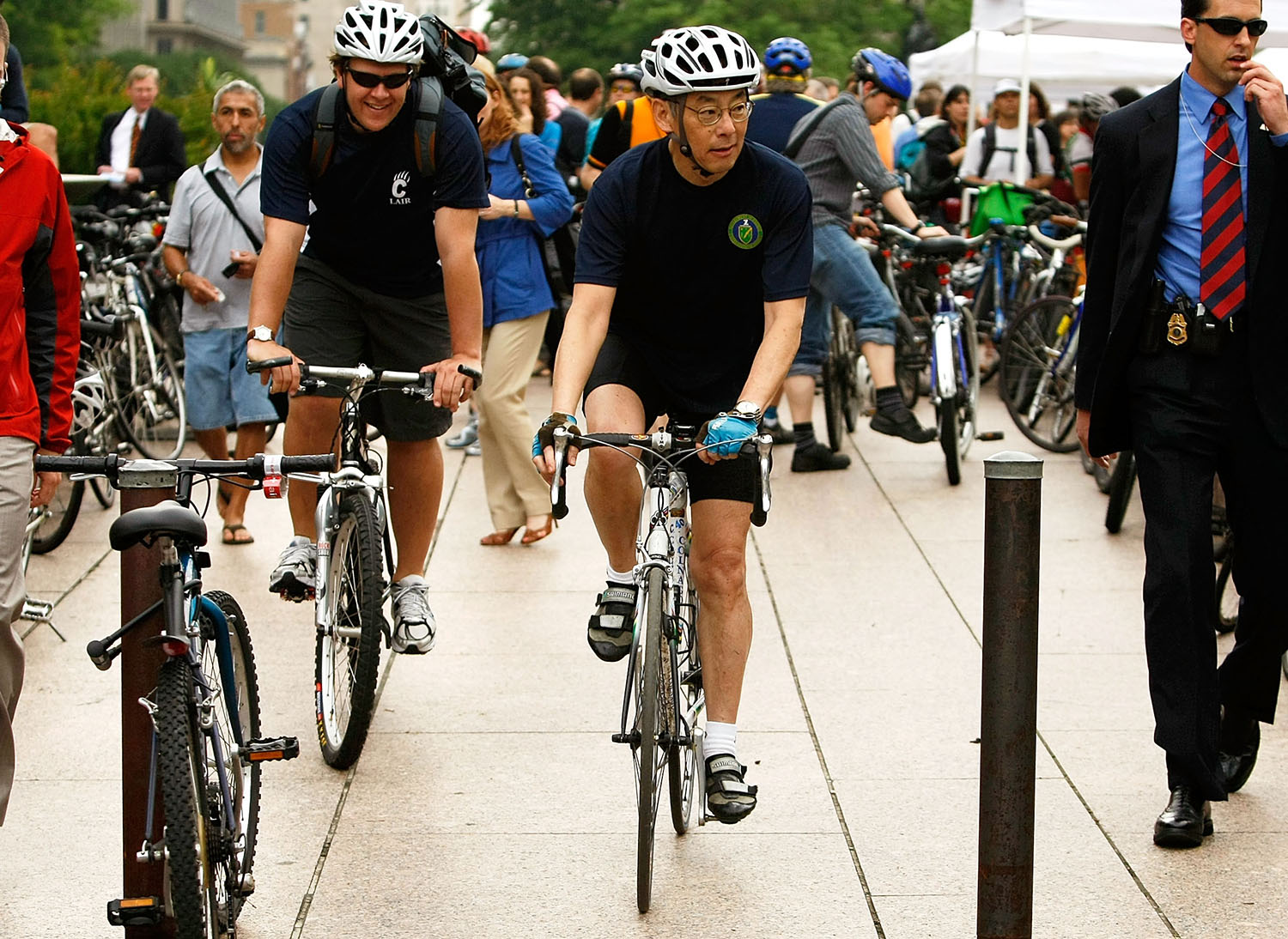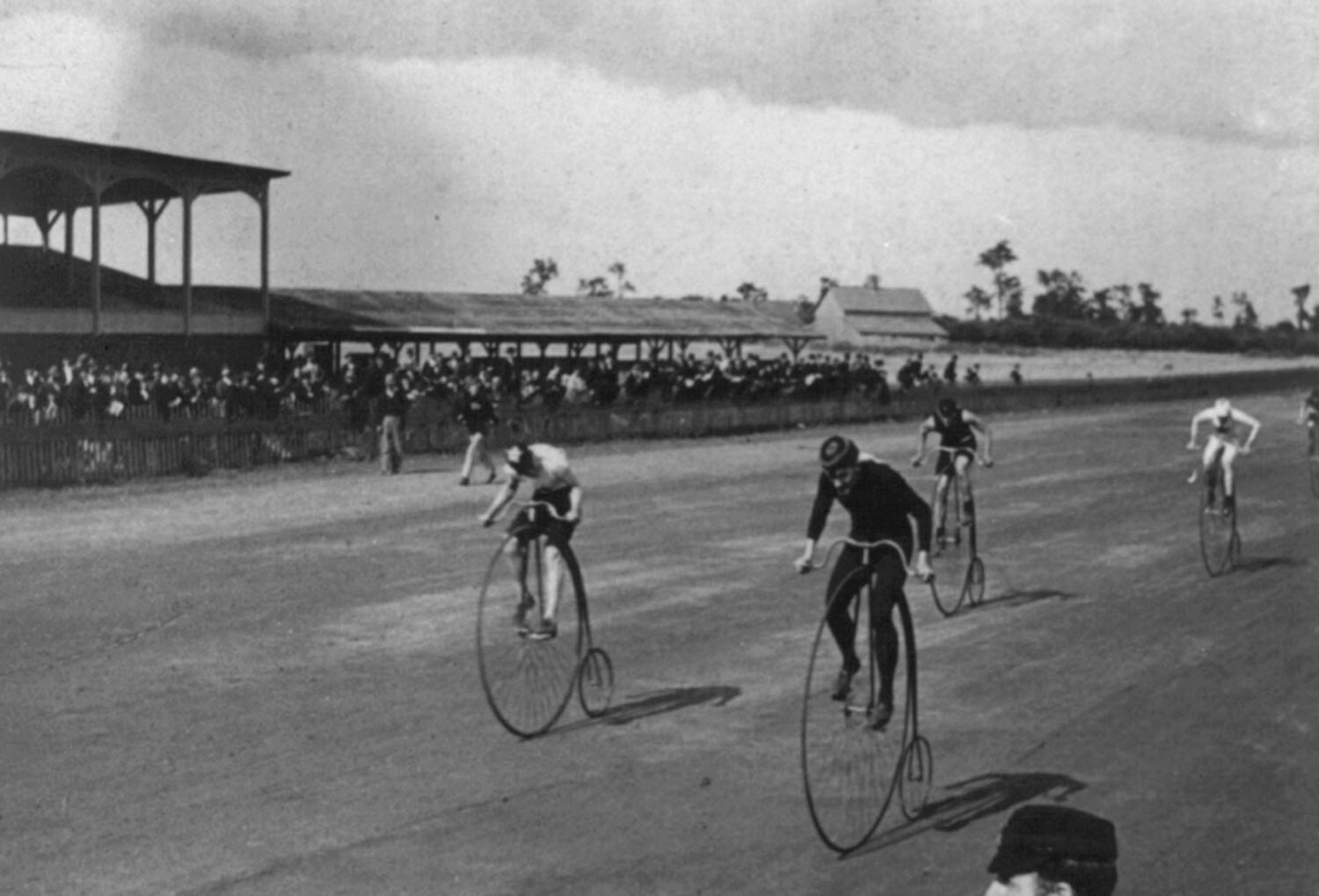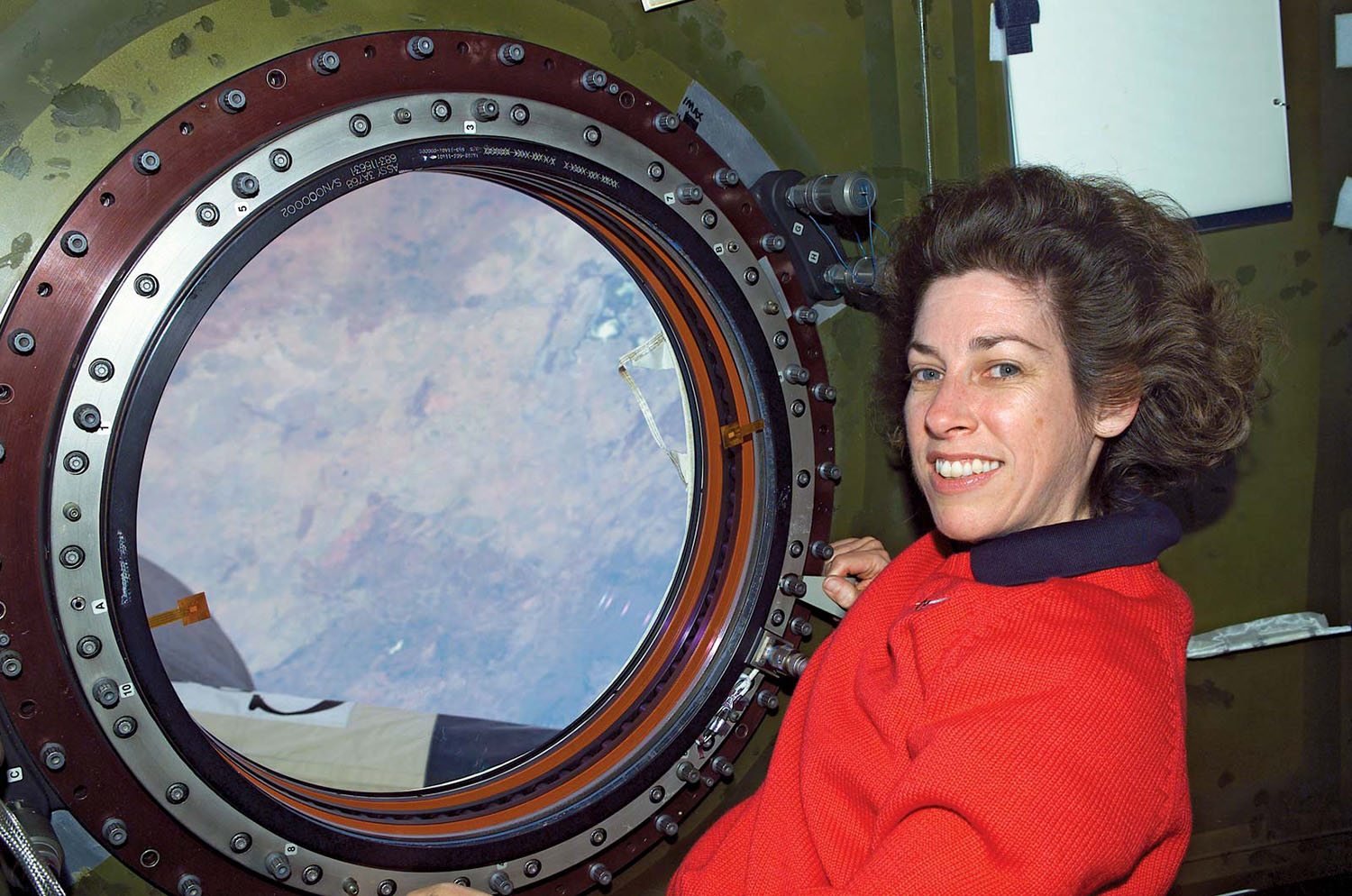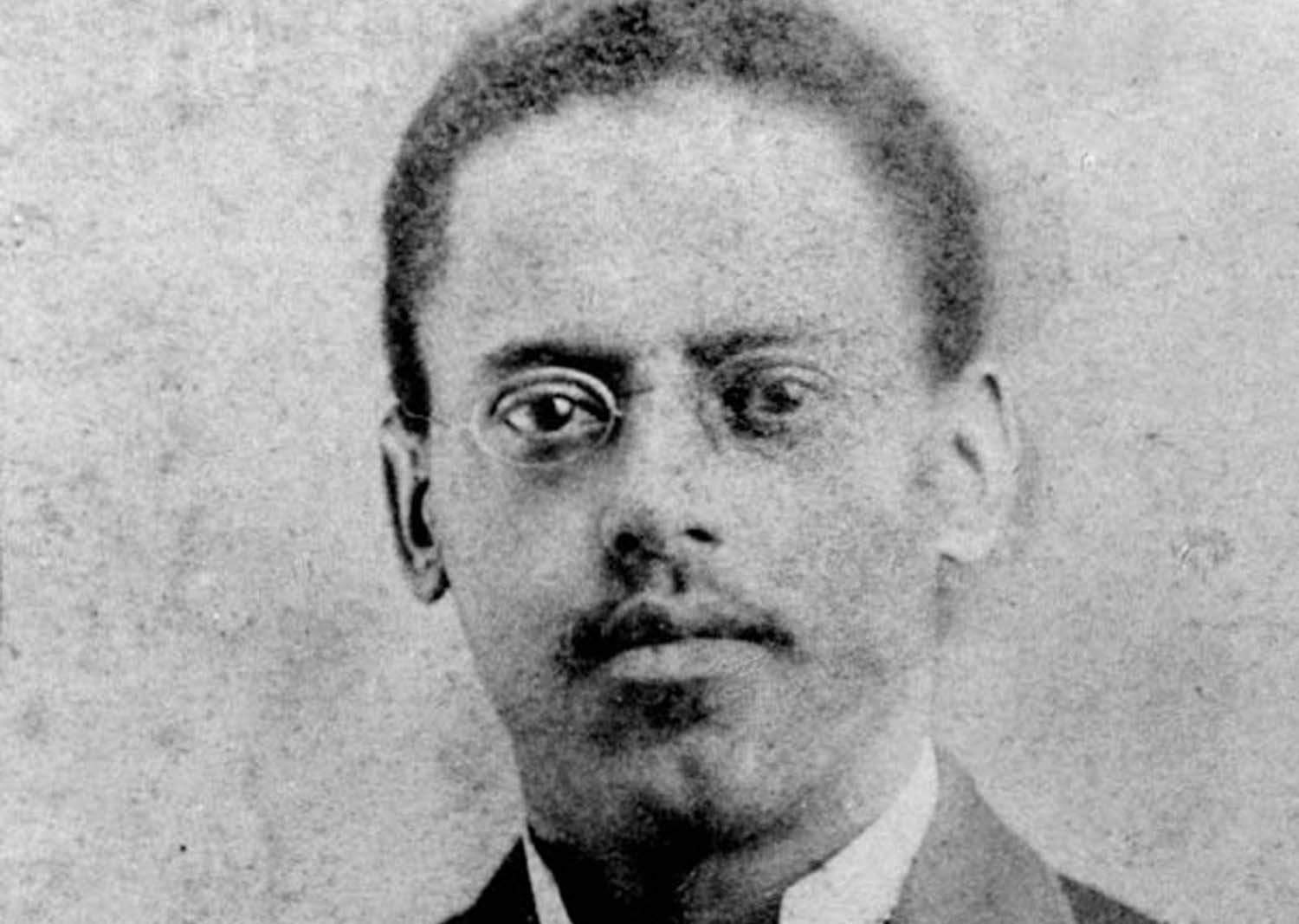Bicycles Change Lives
Working Bikes teaches volunteers to repair bicycles and provides bikes to anyone who needs one.
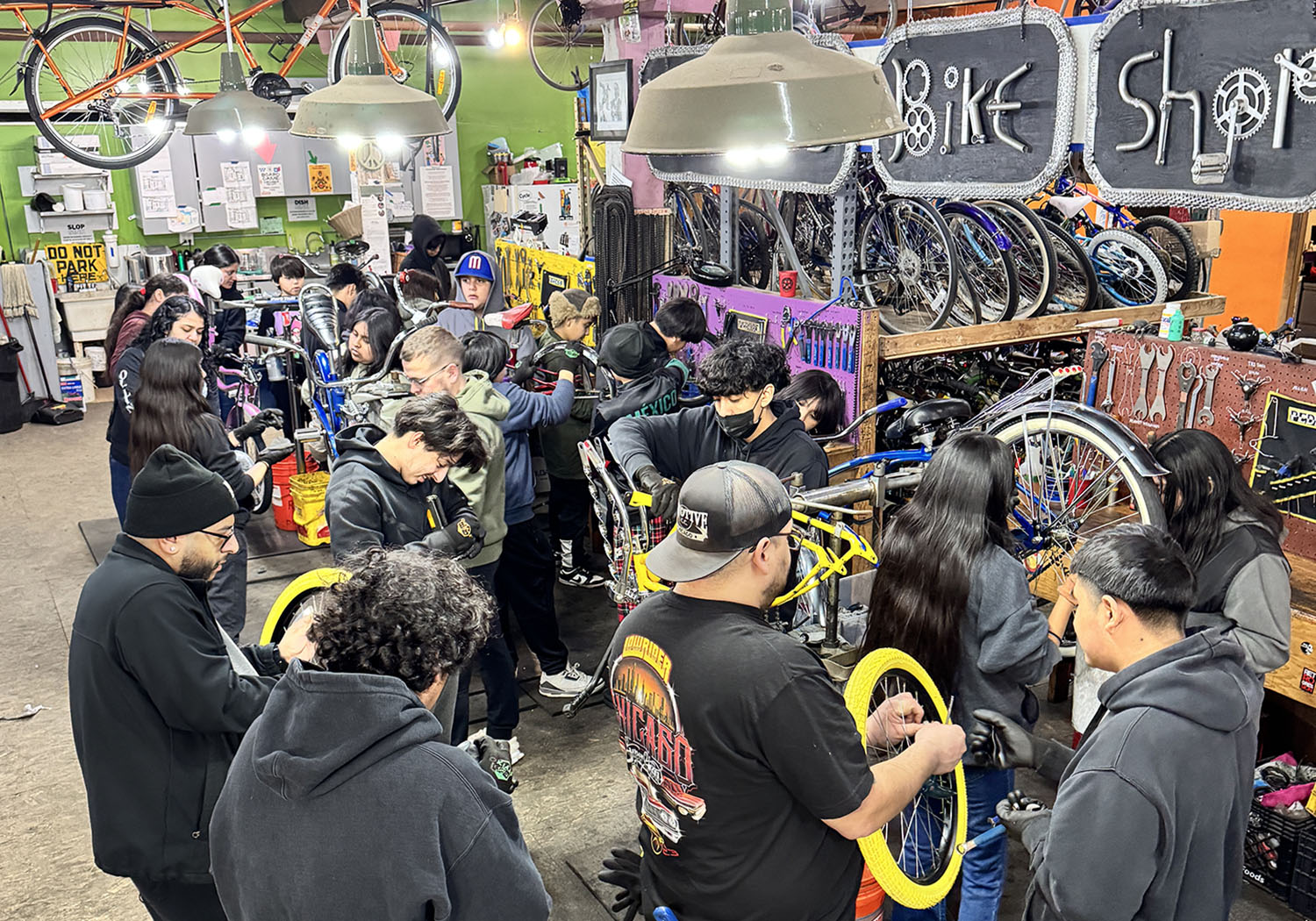
© Courtesy of Working Bikes
Volunteers repair donated bicycles at the Working Bikes Chicago facility.
A bicycle can change a person’s life. That’s why, for more than 25 years, an organization called Working Bikes has provided bicycles to anyone who needs one.
Located in Chicago, Illinois, Working Bikes is no ordinary bicycle shop. Rather than get its bicycle supply from bike manufacturers, the organization receives donated bicycles from Illinois and the surrounding U.S. states. Hundreds of volunteers repair and refurbish the bicycles until they’re like new and ready for a new owner. Working Bikes teaches the volunteers how to repair the bikes.
“[All the volunteers are] kind of like-minded,” Working Bikes cofounder Amy Little told Streetsblog Chicago in 2024. “You’re doing it because you want to help other people. You’re in it together and fixing bikes or loading bicycles into a container because you feel strongly about it.”
A small fraction of these repaired bikes are sold. The rest are given away, often to kids and adults in the Chicago area.
Other donated bikes, as well as bike parts, are shipped overseas to Mexico, Central and South America, Africa, and other parts of the world. Working Bikes has formed partnerships with several international organizations. One of them, in the African nation of Uganda, uses the donations to teach women how to repair bikes.

© Courtesy of Working Bikes
The Bwindi Women Bicycle Project in Uganda teaches women to repair bicycles.
Bicycles can be enormously helpful, especially to people who don’t own cars or have public transportation at their doorsteps. For some people, having a bike means the difference between being able to get to work or school and having to stay home. And unlike cars, bicycles don’t add pollution to the environment.
“We’re doing over 10,000 bikes a year, getting bikes that may or may not have been ever fixed up,” Working Bikes cofounder Lee Ravenscroft told Streetsblog Chicago. “So we’re saving 10,000 bikes, and we like to think that they’re all used by people trying to get to work and back, and get to school and back. Trying to improve their lives.”

